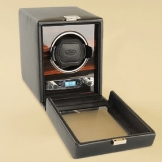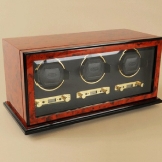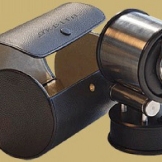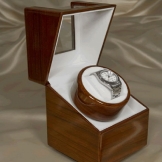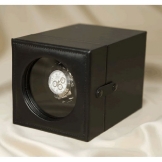A time piece just like any other mechanical equipment – an example being cars – requires regular maintenance. During such a service overhaul, typically a watch maker will disassemble a watch movement, clean and oil it and put it back together. After assembling the movement, he or she (there is a high percentage of women in the industry) will regulate it so it runs accurately and will perform a final quality check once everything has been put together (movement, case, bracelet etc.).
Of late, MotoringExposure has noticed an ongoing discussion on whether you want to keep your watch running at all times or box it away when you are not wearing it. To keep it running at all times, you will need a watch winder. Watch winders are available for one watch to dozens of watches (in a single box). Most of the time, the watch winder is driven by a small piece of software, that determines whether it needs to turn clockwise or counter clockwise and how many pauses and turns it needs in total. A Rolex for example, is said to have enough power when winding the rotor 600 times per day.
The discussion however, is whether you need to keep a watch running in order to have the oil thin enough. Since watches use synthetic oil these days, chances are very small that the oil will thicken when the watch is not worn for a long period. The other discussion is about the maximum number of turns / windings needed per day. This seems to vary per watch movement make and model and can be programmed with the more luxury watch winders. Can a modern wrist watch over-wind itself? We at MotoringExposure haven’t heard the final answer(s) yet.
The one thing a watch winder has really proven to be useful at is keeping your watch running in time, and if your watch has complications (e.g. moon phase), you don’t have to get the manual and set it correctly before being able to wear it.
When looking out for a nice watch winder – and who doesn’t love these cool watch accessories – you have to pay attention to the following five things.
- Its charge. Do you want it to run on net power or a battery? A battery might enable you to store the winder in a safe when it’s not required.
- How the software inside the winder operates Can you set the maximum number of turns, can you program it to run CW, CCW or both? Not all watches will wind bi-directionally.
- Ease of use. Do you need to program the winder via your computer and a USB cable or does the winder have buttons and an LCD screen?
- Material of the winder. You’ll need to make a decision between plastic, wood, metal etc.
- Its noise level. Watch winders can be loud, and as most owners want to place their winder in their cupboard or at least in their bedroom when they take of their watch before going to sleep, the noise can be quite disturbing.
Watch Winder Gallery

